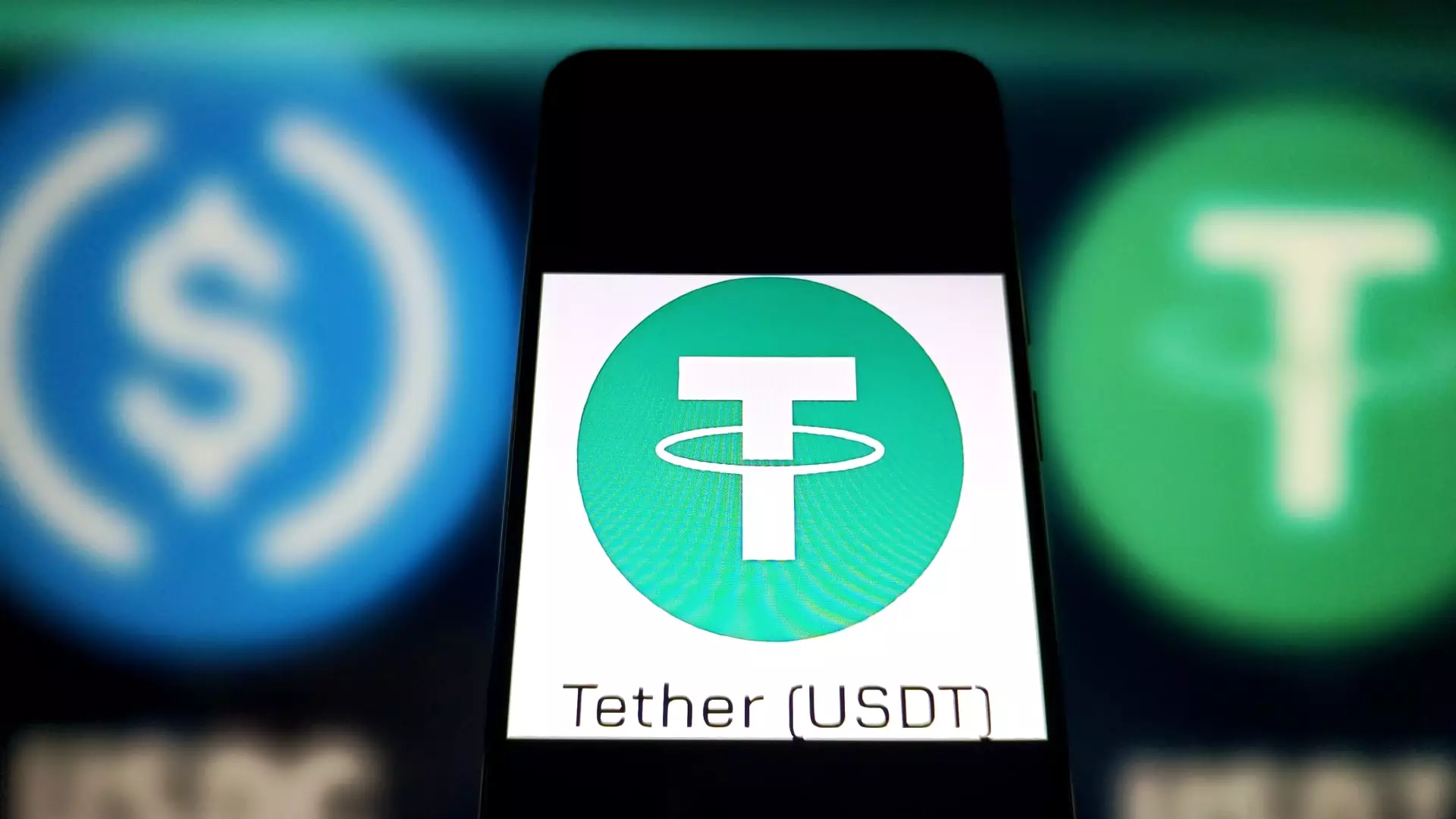While cryptocurrencies like Bitcoin have been wildly unpredictable, stablecoins have emerged as the calm within the storm. On a recent Wednesday, Hong Kong made significant strides in the realm of digital finance by passing a stablecoin bill aimed at bolstering its cryptocurrency licensing regime. This legislative move is not merely a regulatory obligation but a visionary strategy that positions Hong Kong as a central hub for financial innovation. By tethering stablecoins to tangible assets such as fiat currencies or commodities, the bill reflects a shift towards a more mature approach to digital finance, demonstrating an understanding of the complexities of the global economic landscape.
The new law mandates that stablecoin issuers acquire a license from the Hong Kong Monetary Authority (HKMA), and adhere to rigorous standards, including asset reserve management and the segregation of client assets. Such stringent requirements are critical; they are designed to foster financial stability and provide a safety net for investors who may be initially wary of the risks associated with digital currencies. Hong Kong’s commitment to regulatory clarity helps in enhancing trust—a valuable currency in itself—as it navigates this new financial frontier.
An Enabling Environment for Innovation
The timeliness of Hong Kong’s legislation cannot be overstated. With other global jurisdictions—like the European Union and the United States—beginning to respond to the rapidly evolving landscape of cryptocurrencies, Hong Kong’s proactive approach will serve to amplify its standing in the international arena. By introducing a stablecoin policy, the city demonstrates that it not only acknowledges the increasing relevance of digital assets but is also prepared to embrace the potential rewards of innovation.
YeFeng Gong, the risk and strategy director at HashKey OTC, posited that Hong Kong’s framework sets a “global benchmark” for regulatory practices surrounding stablecoins. Such high standards and the necessary institutional backing will not only attract traders looking for a reliable marketplace but will also enhance the city’s reputation as a leader in compliant digital finance. This framework invites international players to consider Hong Kong as a primary market for their operations, further entrenching the city in the global financial ecosystem.
Global Momentum Towards Regulatory Clarity
As Hong Kong embarks on this journey, it isn’t moving in a vacuum. The global push for stablecoin regulation is evident. Just days prior to Hong Kong’s announcement, the U.S. Senate advanced its GENIUS Act, which aims to establish the first regulatory guidelines for stablecoin issuers. Worldwide interest in this particular facet of cryptocurrency regulation enhances the likelihood of stablecoins becoming a foundational element in the broader financial landscape. With an estimated market cap of around $232 billion, the significance of stablecoins is becoming increasingly undeniable.
Chengyi Ong from Chainalysis suggests that the deployment of consistent regulatory frameworks could help lessen the friction traditionally faced by financial services. The bureaucratic maze often inherent in conventional banking and cross-border transactions is ripe for disruption, and stablecoins have the potential to offer swift and cost-effective alternatives. It’s a somewhat ironic twist; the very solutions promised by cryptocurrencies were initially hampered by the lack of regulatory clarity, which Hong Kong is now working to remedy.
Institutional Trust and User Adoption
The shift toward regulation is not merely a matter of enforcing compliance; it is about cultivating trust in a burgeoning financial ecosystem. The HKMA’s oversight of stablecoin operations will likely offer an essential layer of security for users and investors who are hesitant to dive into what has often felt like the Wild West of finance. As this legislation takes effect, it will not just improve the reliability of transactions involving stablecoins; it is aimed at fostering a broader culture of responsibility among participants in the cryptocurrency marketplace.
This trust is crucial for attracting institutional investors, who often act as barometers of market stability. If stablecoins are perceived as reliable and safe, they can drive greater participation from entities that have remained on the sidelines. The question then becomes not whether stablecoins will thrive, but rather how quickly they will become integrated into everyday financial transactions across the globe.
As Hong Kong sets its course in this digital age, it runs the risk of becoming a laboratory for financial innovation, where regulatory scrutiny, technological advancement, and market dynamics intermingle. The implications of this stablecoin bill extend well beyond Hong Kong’s borders, potentially shaping the future of digital finance on a global scale.

